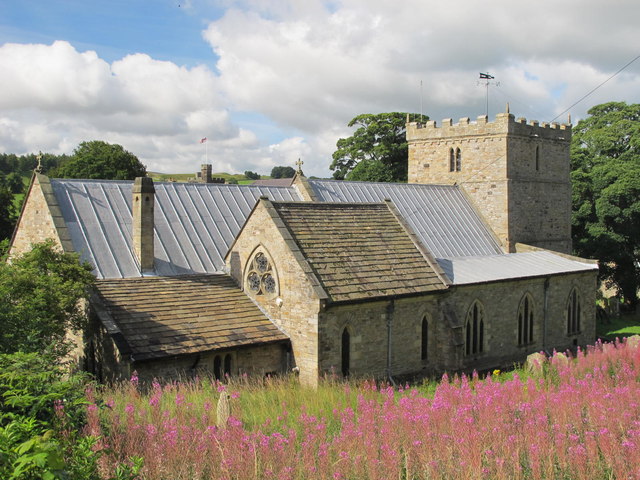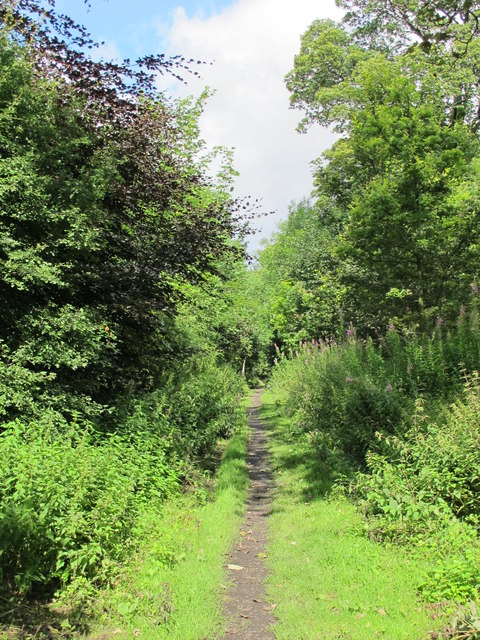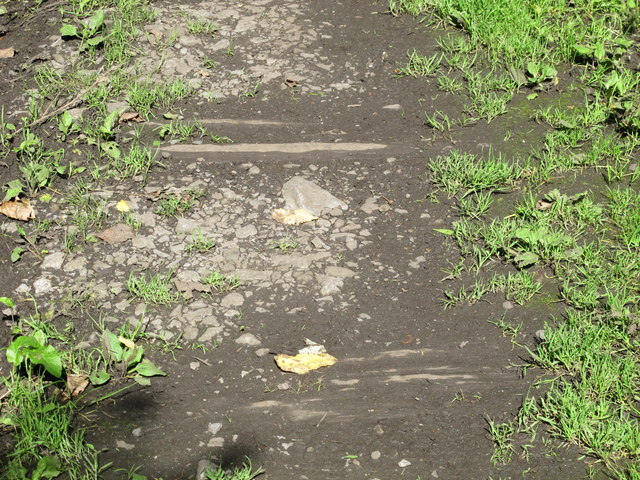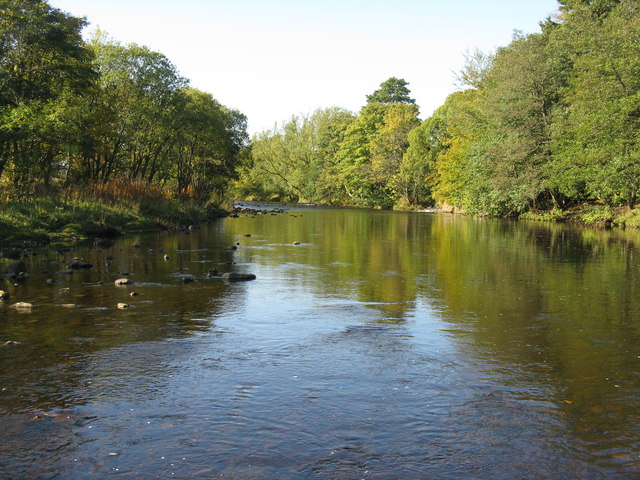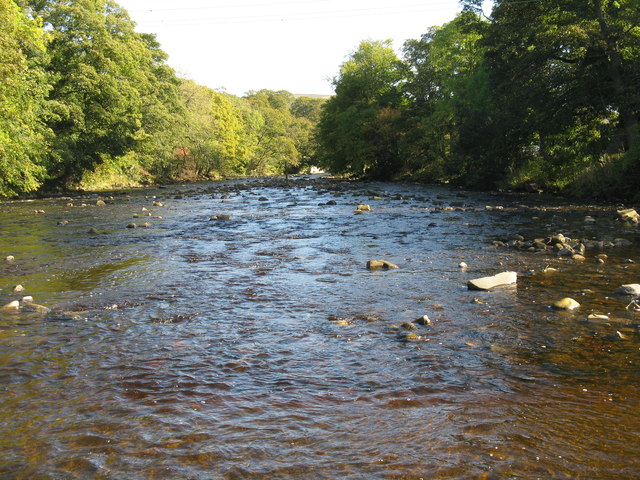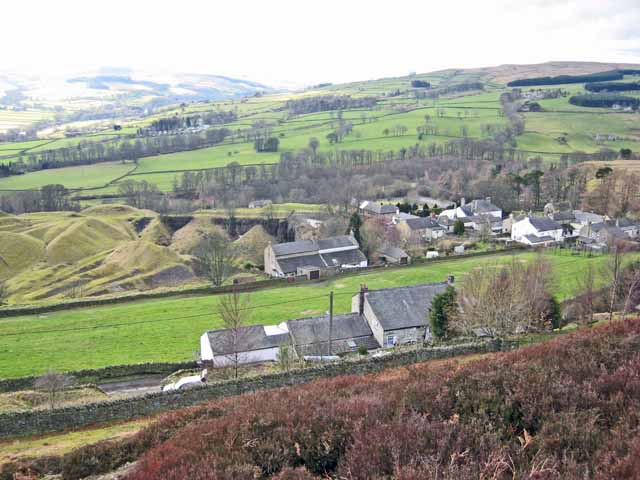Crawley Reservoir
Lake, Pool, Pond, Freshwater Marsh in Durham
England
Crawley Reservoir
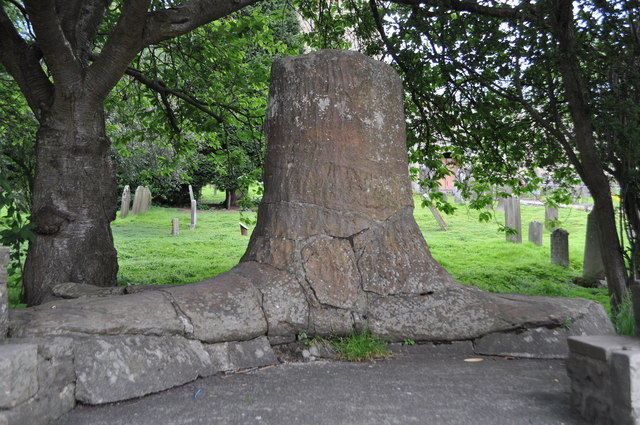
Crawley Reservoir, located in Durham, is a man-made freshwater reservoir that serves as a significant source of drinking water for the local community. Covering an approximate area of 50 acres, the reservoir is surrounded by beautiful natural landscapes and offers a range of recreational activities for visitors to enjoy.
Originally constructed in the early 1900s, Crawley Reservoir was designed to store water from the nearby river for domestic and industrial use. The reservoir's primary function is to ensure a reliable water supply for the region, contributing to the water security of the local population.
As a result of its purpose, the water within Crawley Reservoir is carefully monitored and maintained to ensure its quality. It serves as a habitat for various species of fish, including perch, pike, and roach, making it a popular spot for anglers seeking to engage in fishing activities.
The surrounding area of the reservoir offers picturesque walking trails and picnic spots, attracting nature enthusiasts and families alike. The serene setting of Crawley Reservoir is also home to diverse wildlife, such as ducks, swans, and other waterfowl, providing an opportunity for birdwatchers to observe and appreciate the local avian population.
Visitors to Crawley Reservoir can engage in non-motorized water sports like kayaking and canoeing, taking advantage of the calm waters and scenic surroundings. The reservoir's tranquil ambiance and natural beauty make it a favored destination for those seeking a peaceful retreat or leisurely outdoor activities.
Overall, Crawley Reservoir in Durham serves as an essential water resource for the region while also providing recreational opportunities and a haven for wildlife and nature enthusiasts.
If you have any feedback on the listing, please let us know in the comments section below.
Crawley Reservoir Images
Images are sourced within 2km of 54.76351/-2.0089666 or Grid Reference NY9940. Thanks to Geograph Open Source API. All images are credited.

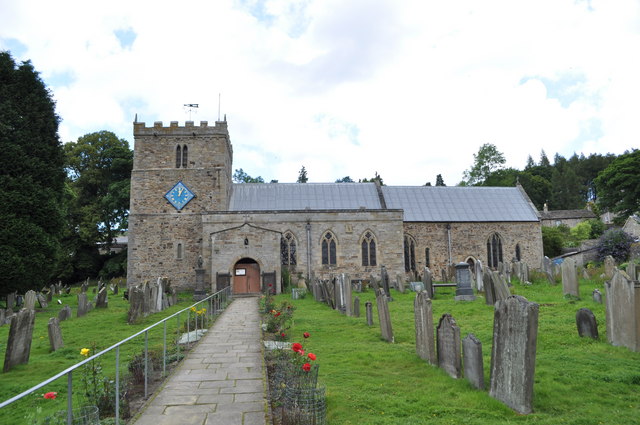
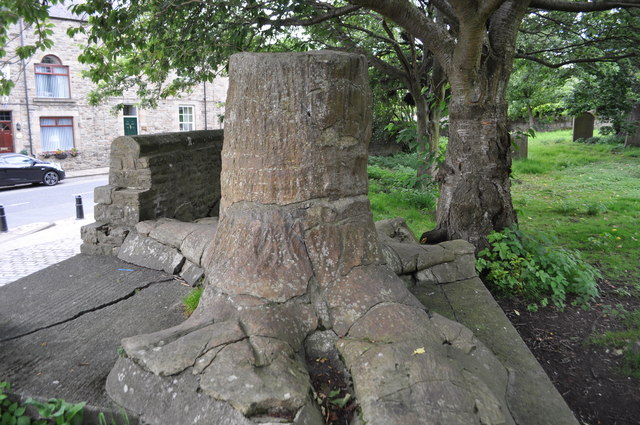

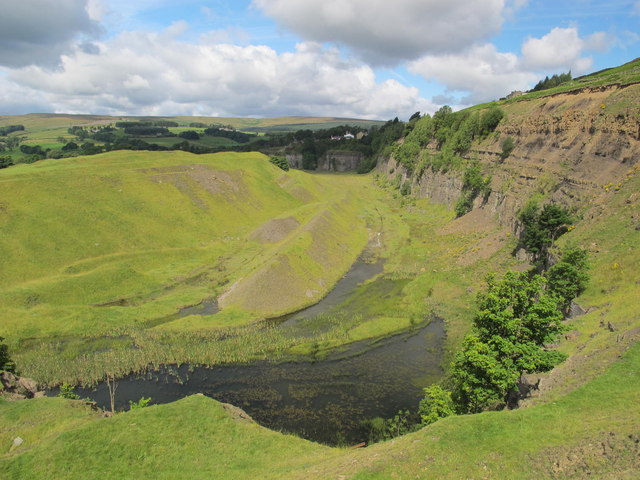


Crawley Reservoir is located at Grid Ref: NY9940 (Lat: 54.76351, Lng: -2.0089666)
Unitary Authority: County Durham
Police Authority: Durham
What 3 Words
///royally.scavenger.plausible. Near Stanhope, Co. Durham
Nearby Locations
Related Wikis
Crawleyside
Crawleyside is a village in the civil parish of Stanhope, in County Durham, England. It is situated to the north of Stanhope, in Weardale. In the 2001...
Heathery Burn Cave
Heathery Burn Cave is a cave near Stanhope, County Durham, England, in which a large collection of Late Bronze Age weapons and tools was discovered and...
Weardale Rural District
Weardale was a rural district in County Durham, England from 1894 to 1974. It was formed under the Local Government Act 1894 as a successor to the Weardale...
Crawley railway station (Durham)
Crawley railway station served the village of Crawleyside, County Durham, England, from 1845 to 1846 on the Stanhope and Tyne Railway. == History == The...
Nearby Amenities
Located within 500m of 54.76351,-2.0089666Have you been to Crawley Reservoir?
Leave your review of Crawley Reservoir below (or comments, questions and feedback).
